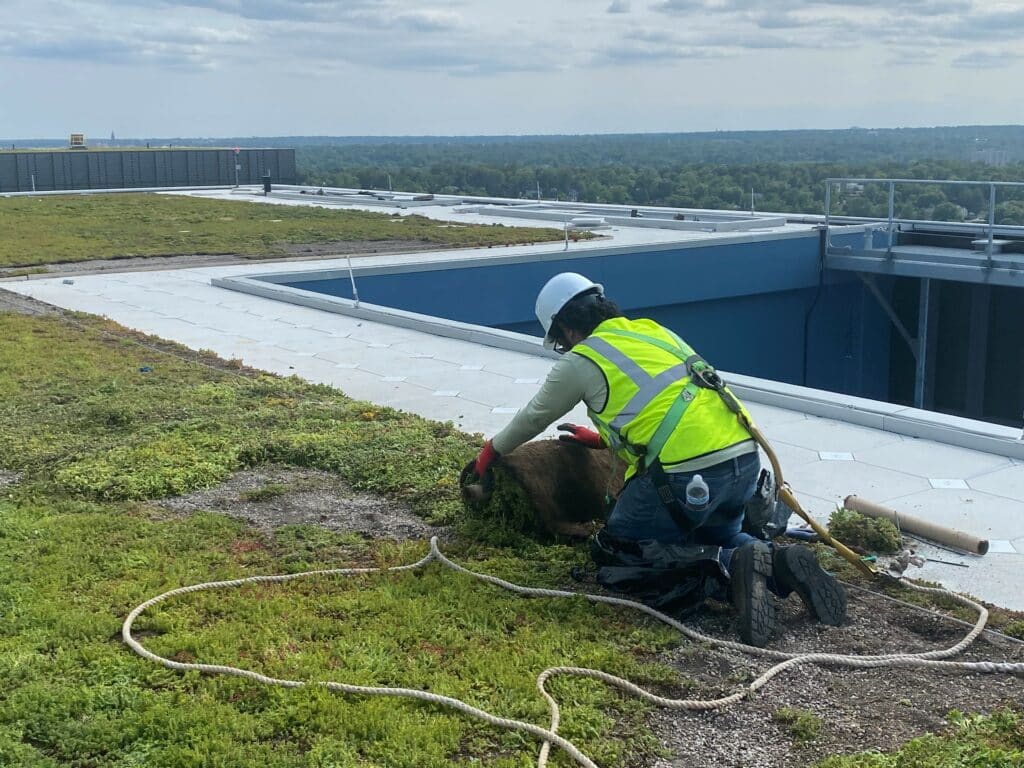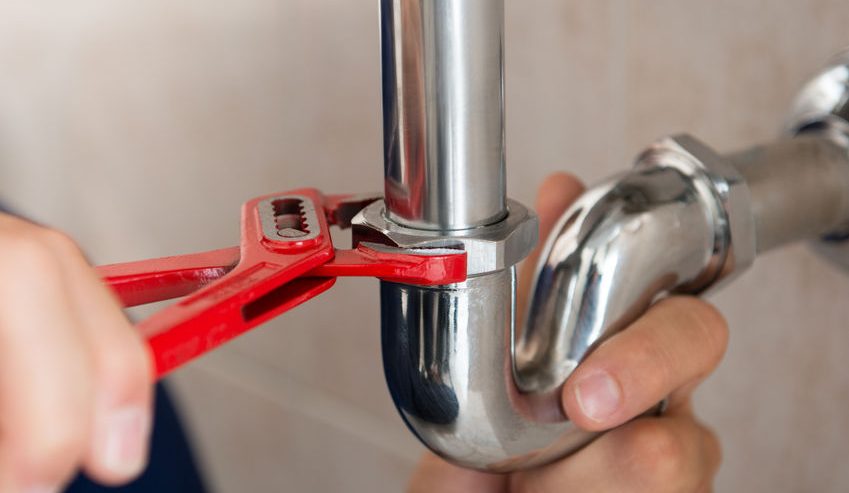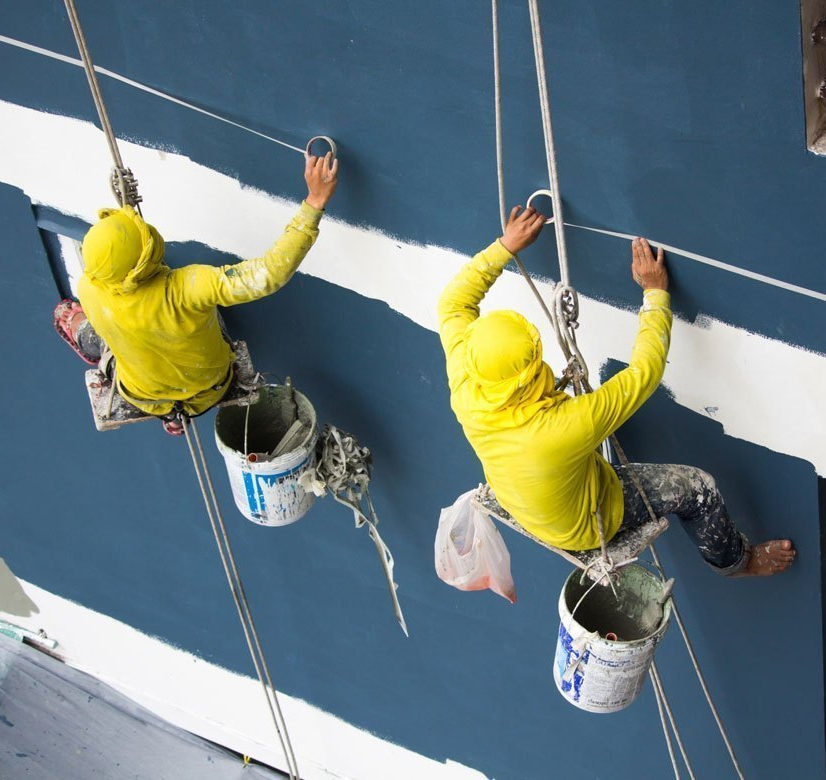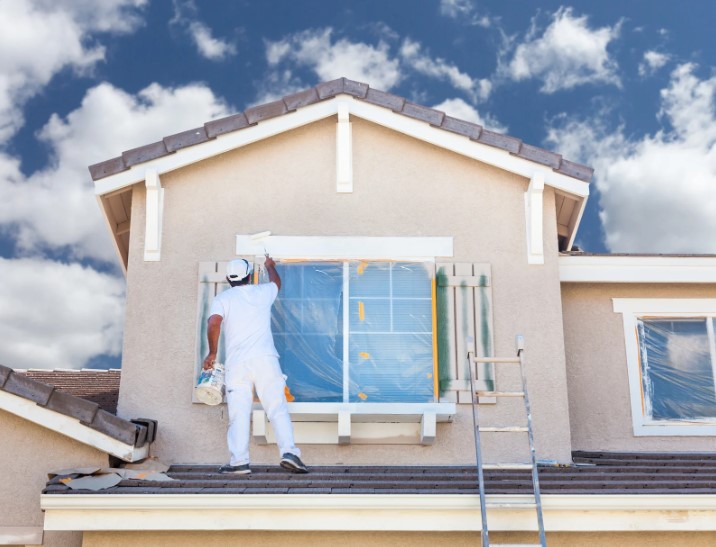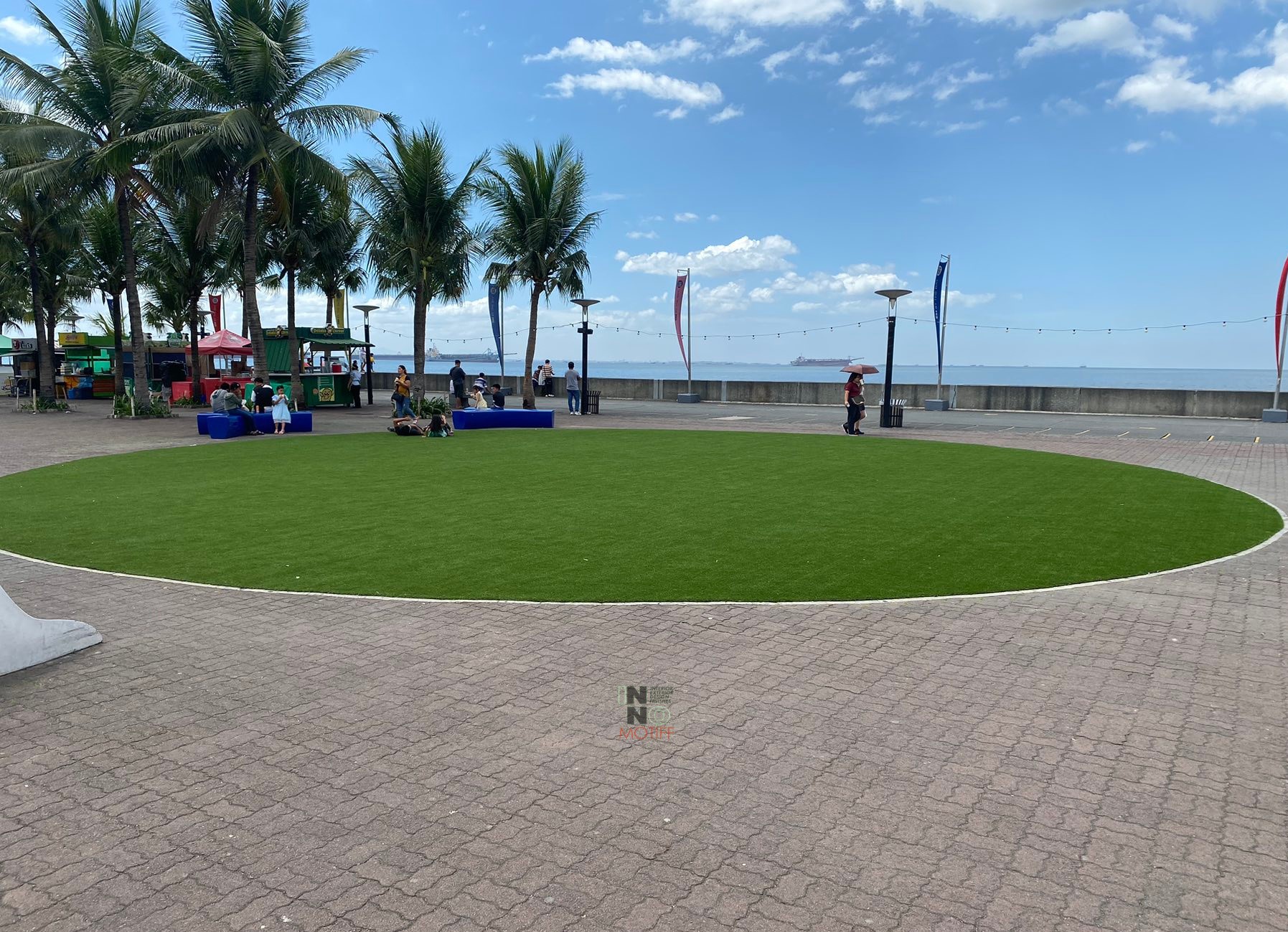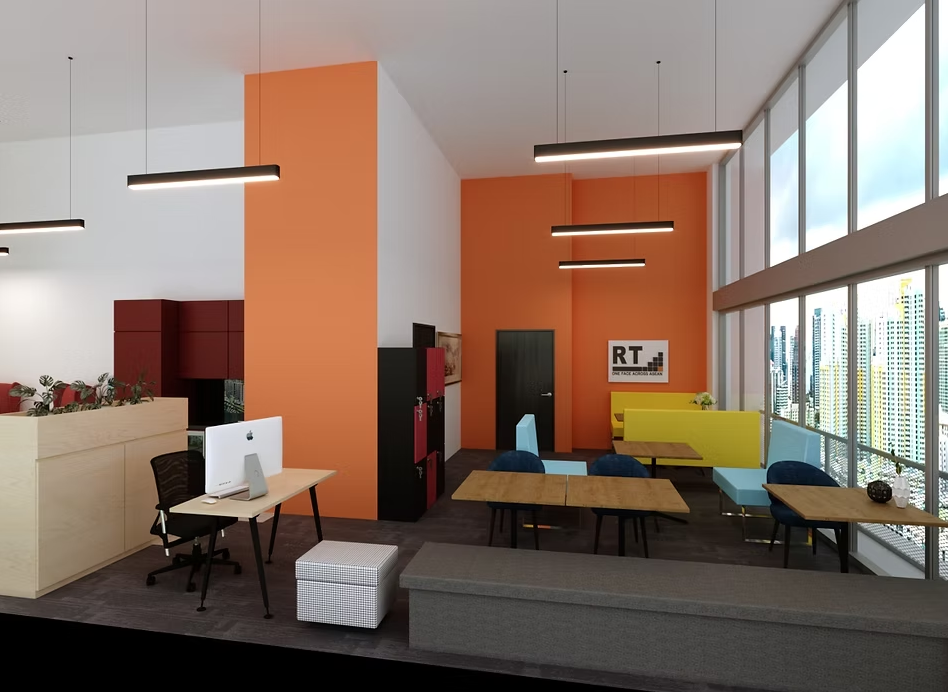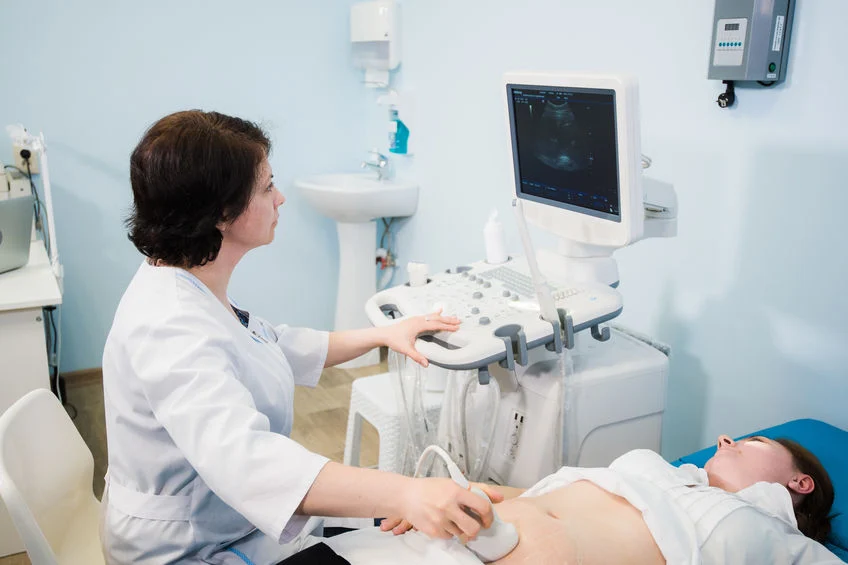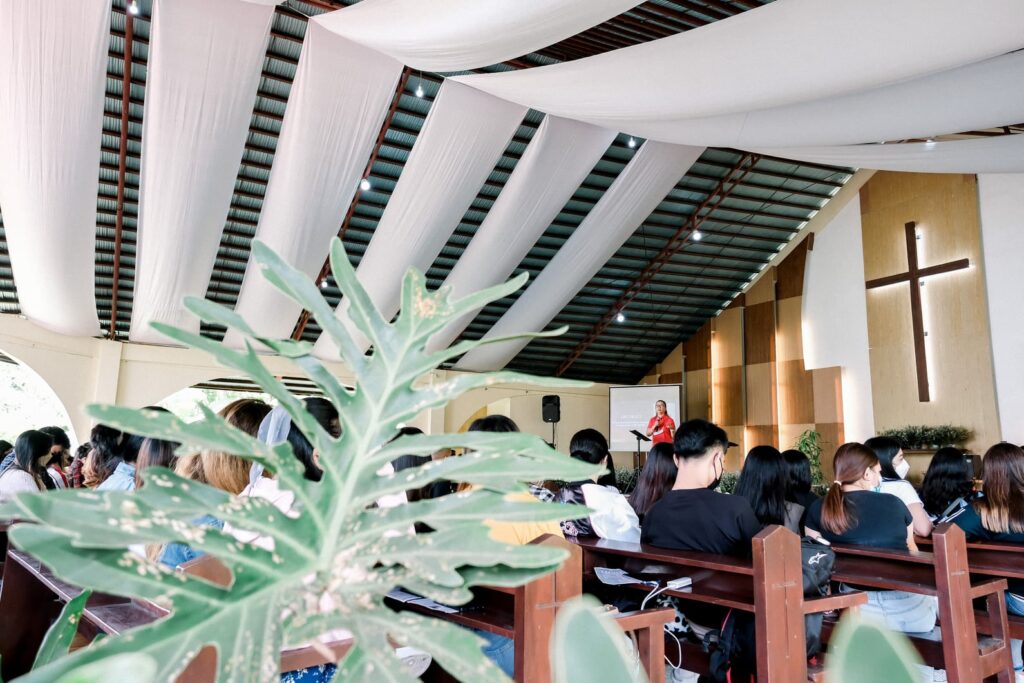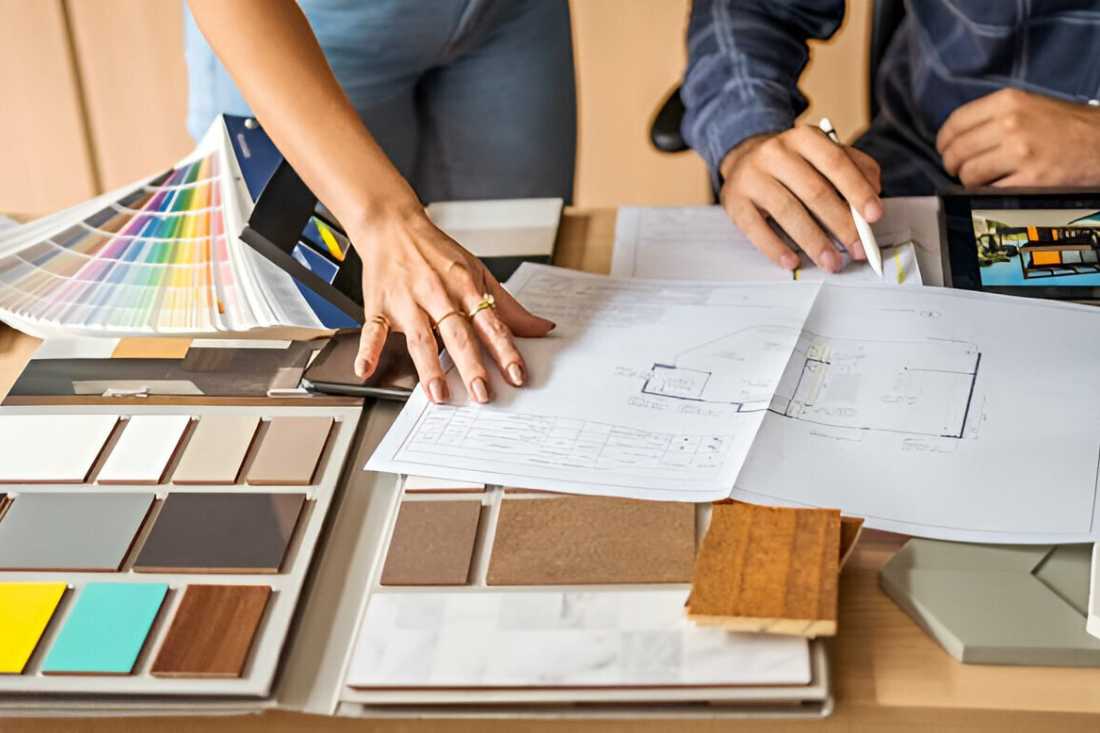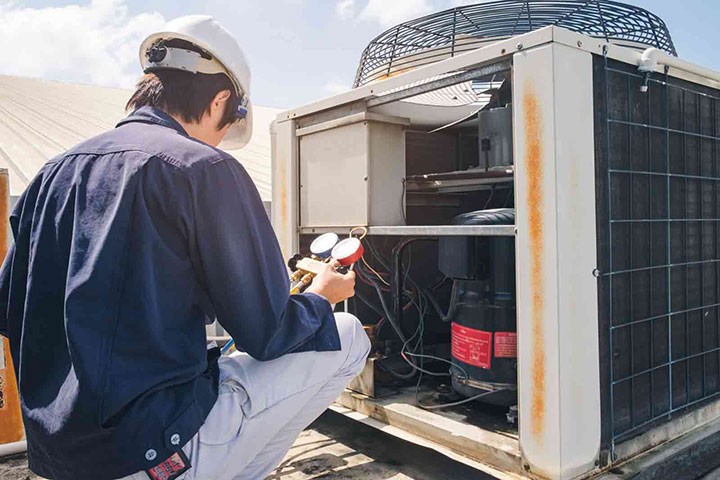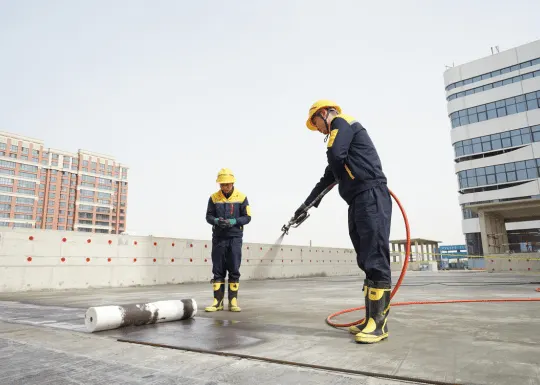What Is a Green Roof System?
A green roof system is an innovative approach to roofing that combines vegetation with modern building technology to create environmentally beneficial spaces. Unlike traditional roofs, green roofs provide a layer of plants, soil, and drainage materials on top of the waterproof membrane, offering both aesthetic and functional benefits. There are two main types of green roofs: extensive and intensive. Extensive green roofs are lighter, require minimal maintenance, and are typically planted with drought-tolerant species. Intensive green roofs, on the other hand, resemble small gardens, allowing for a diverse range of plants, shrubs, and even small trees. The system is designed to integrate seamlessly with conventional roofing structures, ensuring durability and efficiency. Materials such as waterproof membranes, root barriers, drainage layers, and growing mediums are essential for long-lasting performance. This combination of components allows a green roof system to enhance building sustainability while providing a visually appealing rooftop environment.
Environmental Benefits of Green Roof Systems
Green roof systems offer numerous environmental benefits that contribute to more sustainable urban living. One of the most significant advantages is the reduction of the urban heat island effect, which occurs when cities retain excessive heat due to concrete and asphalt surfaces. By covering rooftops with vegetation, green roofs help lower surrounding temperatures. They also improve air quality by absorbing pollutants and filtering dust particles, providing cleaner air for urban residents. Green roofs play a vital role in stormwater management by absorbing and slowing rainwater runoff, which reduces the burden on city drainage systems. Additionally, these roofs promote biodiversity, offering habitats for birds, insects, and other small wildlife. Carbon sequestration is another environmental benefit, as plants on green roofs capture carbon dioxide and contribute to reducing greenhouse gas levels. Overall, a green roof system transforms urban spaces into healthier, more resilient environments that benefit both people and nature.
Economic Advantages of Green Roof Systems
Investing in a green roof system can also lead to significant economic advantages for property owners. One of the most direct benefits is energy savings, as the layers of vegetation and soil provide natural insulation, reducing heating and cooling costs throughout the year. Green roofs can extend the lifespan of roofing materials by protecting them from UV rays, extreme temperatures, and mechanical damage, which minimizes maintenance and replacement costs. The aesthetic appeal of green roofs often increases property value and makes buildings more attractive to potential buyers or tenants. There may also be financial incentives available, such as tax credits, grants, or rebates for incorporating sustainable roofing solutions. Businesses that adopt green roof systems can enhance their corporate image, showcasing a commitment to sustainability and environmental responsibility. Over time, these financial and reputational benefits can outweigh the initial installation costs, making green roofs a smart long-term investment.
Design Considerations and Planning for Green Roofs
Careful design and planning are essential for a successful green roof system. The first step is a structural assessment to ensure that the building can support the additional weight of soil, plants, and water. Waterproofing is crucial to prevent leaks and structural damage, while proper drainage systems prevent water accumulation that can harm plants and roofing materials. Selecting the right plants is another critical consideration. Plants must be resilient, low-maintenance, and suitable for local climate conditions. Seasonal changes affect plant selection, as some species may not survive extreme heat or cold. Irrigation planning is important, especially for intensive green roofs with diverse vegetation. Modern green roofs can also integrate with solar panels, rainwater harvesting systems, or recreational rooftop spaces, creating multifunctional urban environments. By addressing these design factors, property owners can ensure the long-term success and sustainability of their green roof system.
Installation Process of a Green Roof System
The installation of a green roof system involves several key steps that must be executed with precision. The roof surface is first prepared by repairing any existing damage and applying a waterproof membrane. Next, a root barrier is added to prevent plant roots from penetrating the structure. Drainage layers and retention mats are installed to ensure proper water flow and prevent pooling. The growing medium, often a lightweight soil mixture, is then spread evenly across the roof. Finally, plants are carefully selected and planted according to the design plan. Professional installation ensures that each layer functions correctly and meets structural and environmental standards. DIY installations are possible for small-scale extensive roofs but require careful research and planning. On average, installation costs vary depending on roof size, type of green roof, and choice of plants, but the long-term benefits in energy savings and property value make it a worthwhile investment.
Maintenance and Long-Term Care
Maintaining a green roof system is critical to preserving its health and functionality. Routine inspections should be conducted to check for leaks, drainage issues, and plant health. Irrigation and fertilization must be managed according to plant needs and seasonal conditions. Dead or diseased plants should be removed promptly to prevent the spread of pests or infections. Regular weeding and trimming help maintain an attractive appearance and prevent overgrowth. Mulching can improve soil retention and moisture levels, while specialized pest control may be necessary for intensive green roofs. Proper maintenance ensures that a green roof system continues to provide environmental, economic, and aesthetic benefits over time, making it a sustainable addition to any building.
Real-World Applications and Urban Impact
Green roof systems have been successfully implemented in various residential, commercial, and public spaces, showcasing their versatility. In residential buildings, they create private gardens and improve home insulation, reducing energy bills. Commercial buildings benefit from enhanced aesthetics, attracting customers and clients while contributing to corporate sustainability goals. Public spaces, such as schools, community centers, and hospitals, utilize green roofs to promote wellness, provide recreational areas, and enhance environmental quality. Urban planners increasingly consider green roofs in sustainable city designs to reduce heat islands, manage stormwater, and improve overall air quality. Rooftop gardens can also serve as educational tools, demonstrating environmental stewardship to the community. The integration of green roofs in urban environments transforms unused spaces into functional, environmentally responsible areas that benefit both people and nature.
Frequently Asked Questions (FAQ)
- How much does a green roof system cost? Costs vary depending on roof size, type, and plant selection. Extensive roofs are generally more affordable than intensive roofs.
- Can any building support a green roof? Structural assessments are necessary to ensure the building can support the additional weight of a green roof system.
- What types of plants are best suited for green roofs? Drought-tolerant, low-maintenance plants like sedums, grasses, and herbs are common for extensive green roofs, while diverse species can be used in intensive roofs.
- How much maintenance is required for a green roof system? Maintenance depends on the type of green roof. Extensive roofs require minimal care, while intensive roofs need regular watering, pruning, and pest management.
- Do green roofs really help reduce energy bills? Yes, green roofs provide natural insulation, reducing heating and cooling costs throughout the year.
Takeaway
A green roof system is more than just a decorative feature; it is a practical, environmentally responsible, and economically beneficial solution for modern buildings. By improving air quality, reducing energy consumption, managing stormwater, and enhancing urban biodiversity, green roofs address many of the challenges of contemporary city living. Careful design, professional installation, and ongoing maintenance ensure long-term performance and sustainability. Whether for residential, commercial, or public spaces, adopting a green roof system represents a forward-thinking investment in both the environment and property value, transforming rooftops into thriving, multifunctional ecosystems.

